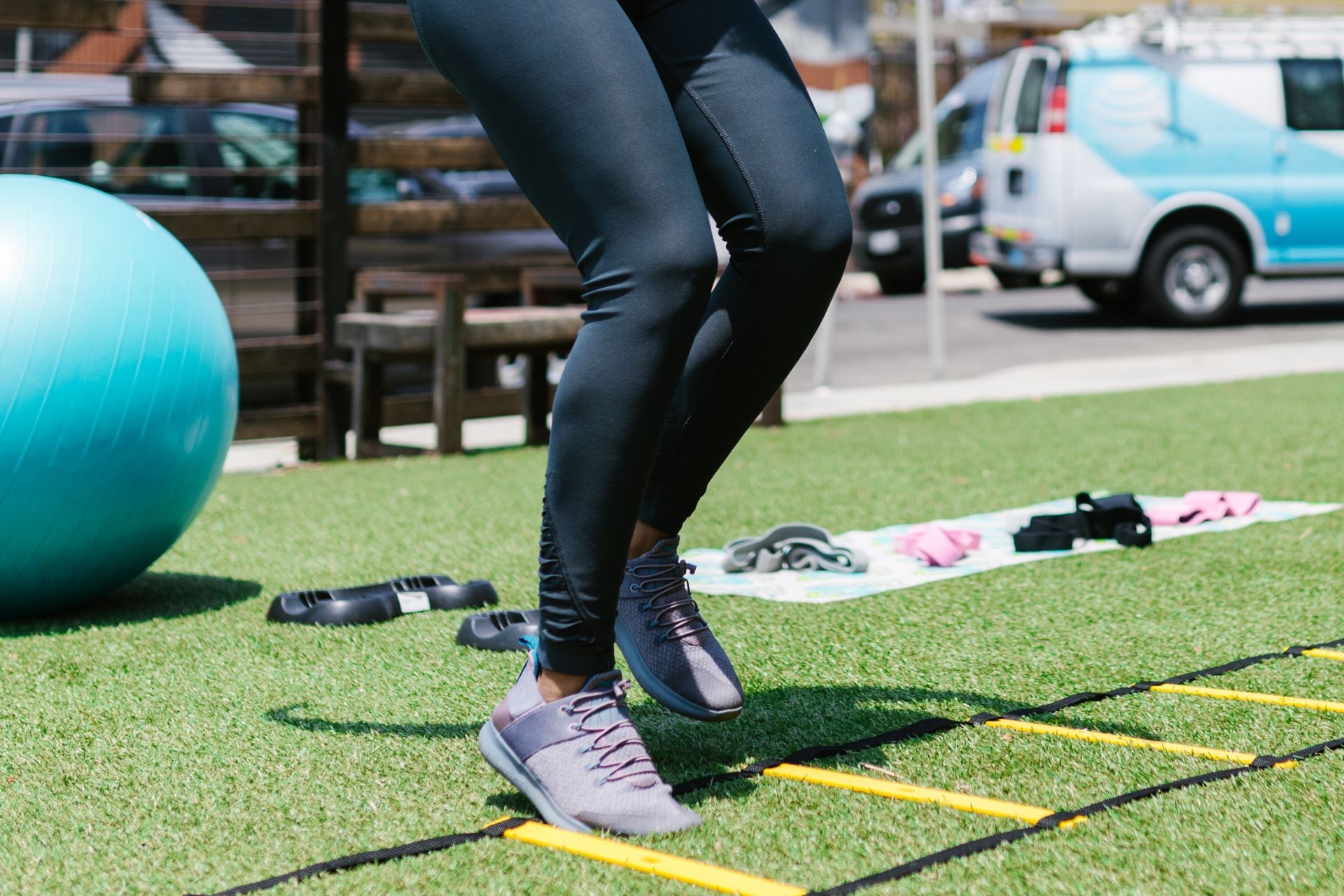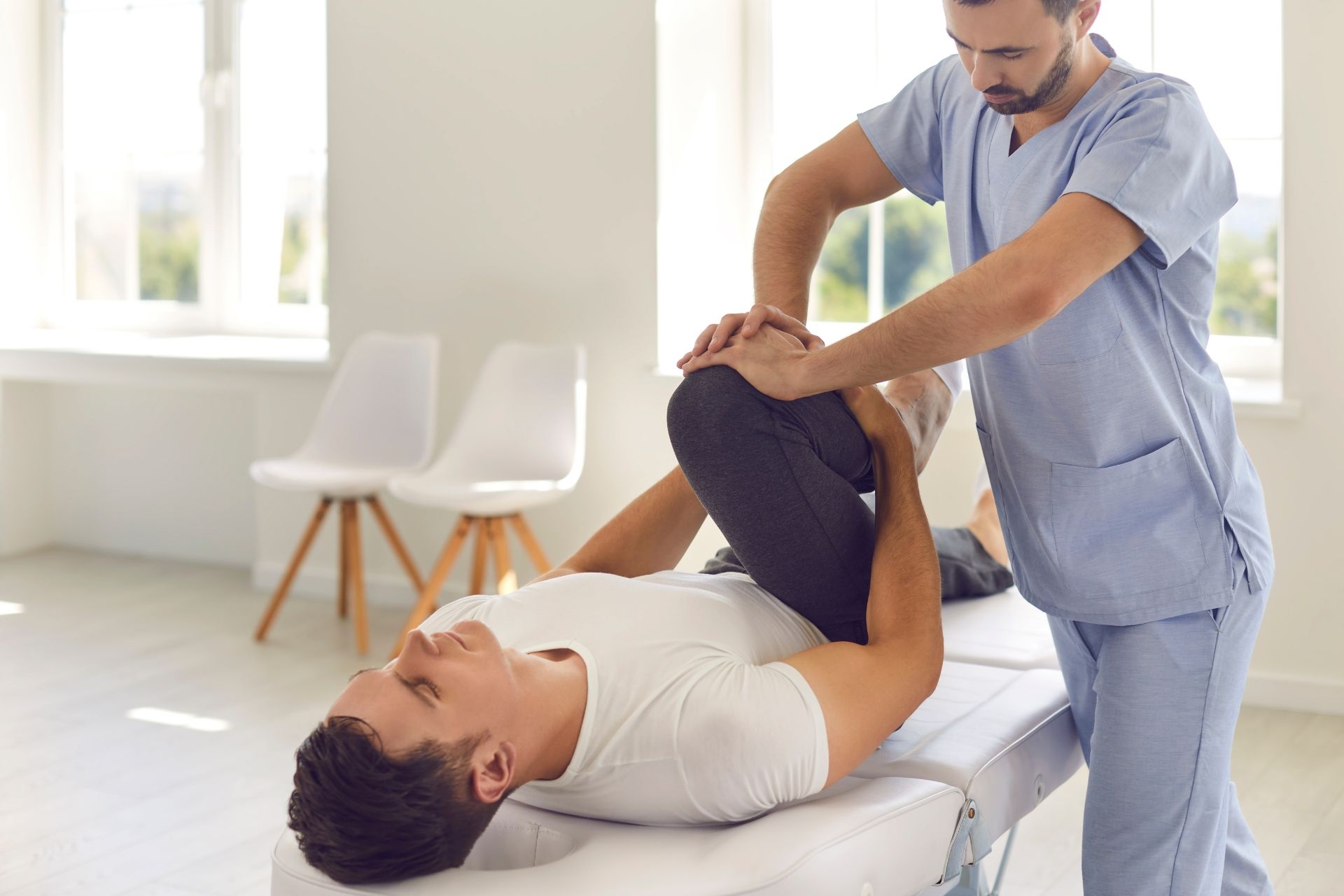

Common symptoms of rotator cuff tendinopathy include pain and tenderness in the shoulder, especially when lifting or reaching overhead. There may also be weakness in the affected arm, making it difficult to perform certain movements or activities. In some cases, individuals may experience a clicking or popping sensation in the shoulder joint. The pain and discomfort associated with rotator cuff tendinopathy can significantly impact daily activities and quality of life.
Rotator cuff tendinopathy is typically diagnosed through a combination of physical examination and imaging tests. During the physical examination, a healthcare professional will assess the range of motion in the shoulder, as well as perform specific tests to evaluate the strength and stability of the rotator cuff muscles. Imaging tests such as X-rays, ultrasound, or MRI may be ordered to visualize the structures of the shoulder and confirm the diagnosis. These tests can help identify any tears or inflammation in the rotator cuff tendons.
By Professional Physical Therapy Professional Physical Therapy, a leading provider of outpatient physical therapy and rehabilitation services throughout New York, New Jersey, Connecticut, Massachusetts, and New Hampshire, announces the opening of a new state-of-the-art clinic in Livingston, NJ on January 2, 2024. Even more patients in New Jersey will have greater access to the clinical … Continued The post Professional Physical Therapy Opens New Clinic in Livingston, NJ appeared first on Professional Physical Therapy.
Posted by on 2024-01-15
By Professional Physical Therapy Professional Physical Therapy, a leading provider of outpatient physical therapy and rehabilitation services throughout New York, New Jersey, Connecticut, Massachusetts, and New Hampshire, announces the opening of a new state-of-the-art clinic in the heart of Dyker Heights, NY on January 2, 2024. This marks their third clinic opening in Brooklyn and … Continued The post Professional Physical Therapy Announces New Clinic Opening in Dyker Heights, NY appeared first on Professional Physical Therapy.
Posted by on 2024-01-15
By Professional Physical Therapy We all know that exercise is essential for maintaining a healthy lifestyle and promoting physical fitness. It’s usually the first thing we think about when we want to manage our weight. Many people will be surprised to know that the benefit of exercising goes well beyond losing weight and your exercise … Continued The post Surprising Benefits of Exercise You Didn’t Know Existed appeared first on Professional Physical Therapy.
Posted by on 2024-01-15
There are several risk factors that can increase the likelihood of developing rotator cuff tendinopathy. These include repetitive overhead activities, such as throwing or lifting heavy objects, which can put strain on the rotator cuff tendons. Age is also a risk factor, as the tendons naturally become weaker and less flexible over time. Other factors that can contribute to the development of rotator cuff tendinopathy include poor posture, muscle imbalances, and certain medical conditions such as diabetes or thyroid disorders.

Treatment options for rotator cuff tendinopathy may vary depending on the severity of the condition. In mild cases, conservative treatments such as rest, ice, and physical therapy exercises may be recommended to reduce pain and improve strength and flexibility in the shoulder. Nonsteroidal anti-inflammatory drugs (NSAIDs) may also be prescribed to help manage pain and inflammation. In more severe cases, corticosteroid injections or surgery may be considered to repair or remove damaged tissue in the rotator cuff.
While it may not be possible to completely prevent rotator cuff tendinopathy, there are steps that can be taken to reduce the risk of developing the condition. This includes maintaining good posture and body mechanics during activities that involve the shoulder, avoiding repetitive overhead movements, and gradually increasing the intensity and duration of physical activities to allow the rotator cuff tendons to adapt and strengthen. Regular exercise and stretching to improve shoulder strength and flexibility can also help reduce the risk of injury.

The recovery time for rotator cuff tendinopathy can vary depending on the individual and the severity of the condition. In general, mild cases may take several weeks to a few months to fully recover with conservative treatments such as rest and physical therapy. More severe cases or those that require surgery may take several months to a year for complete recovery. It is important to follow the recommended treatment plan and engage in rehabilitation exercises to optimize the healing process and prevent future injury.
There are several exercises and stretches that can help with rotator cuff tendinopathy. These exercises typically focus on strengthening the rotator cuff muscles and improving shoulder stability. Examples include external rotation exercises using resistance bands or dumbbells, scapular stabilization exercises, and shoulder stretches to improve flexibility. It is important to consult with a healthcare professional or physical therapist to determine the most appropriate exercises for individual needs and to ensure proper form and technique to avoid further injury.

Musculoskeletal ultrasound (MSKUS) has been shown to be a reliable and accurate tool for assessing the severity of muscle atrophy. By utilizing high-frequency sound waves, MSKUS can provide detailed images of the muscle tissue, allowing for a comprehensive evaluation of muscle size, shape, and composition. Additionally, MSKUS can assess the presence of fatty infiltration within the muscle, which is often associated with muscle atrophy. This non-invasive imaging technique enables clinicians to visualize and measure muscle atrophy with precision, aiding in the diagnosis and monitoring of this condition. Furthermore, MSKUS can be used to track changes in muscle size and composition over time, providing valuable information on the effectiveness of interventions and rehabilitation strategies aimed at mitigating muscle atrophy. Overall, MSKUS is a valuable tool in the assessment of muscle atrophy, offering clinicians a reliable and detailed evaluation of the severity of this condition.
MSKUS, or musculoskeletal ultrasound, can be a valuable tool in assisting with the diagnosis of avascular necrosis of bones. This imaging technique utilizes high-frequency sound waves to create detailed images of the musculoskeletal system, allowing for the visualization of bone structures and surrounding soft tissues. By examining the affected area, MSKUS can help identify any abnormalities or changes in the bone's blood supply, which is a key factor in the development of avascular necrosis. Additionally, MSKUS can provide real-time imaging, allowing for dynamic assessment of blood flow and detecting any early signs of bone damage. Overall, MSKUS can play a crucial role in the diagnosis and monitoring of avascular necrosis, providing valuable information for healthcare professionals in managing this condition.
MSKUS, or musculoskeletal ultrasound, is a highly accurate imaging technique that can effectively detect ganglion cysts. Ganglion cysts are fluid-filled sacs that commonly develop on the joints or tendons of the wrist or hand. MSKUS utilizes high-frequency sound waves to create detailed images of the musculoskeletal system, allowing for the visualization of soft tissues, including cysts. By using specific LSI words such as "ultrasound," "imaging technique," and "fluid-filled sacs," the answer highlights the relevance of MSKUS in detecting ganglion cysts. Additionally, the inclusion of semantically related words like "joints," "tendons," and "wrist or hand" further emphasizes the specificity and accuracy of MSKUS in identifying these cysts.
MSKUS, or musculoskeletal ultrasound, is a diagnostic imaging technique that can indeed detect early signs of tendonitis. By utilizing high-frequency sound waves, MSKUS allows for the visualization of tendons, ligaments, and other soft tissues in real-time. This imaging modality can identify abnormalities such as thickening, swelling, or inflammation in the tendons, which are indicative of tendonitis. Additionally, MSKUS can assess the integrity of the tendon structure, detect tears or ruptures, and evaluate the surrounding tissues for any signs of associated conditions. With its ability to provide detailed and dynamic images, MSKUS plays a crucial role in the early detection and diagnosis of tendonitis, enabling prompt intervention and appropriate management strategies.
When considering the use of MSKUS (Musculoskeletal Ultrasound) in the elderly population, several factors need to be taken into account. Firstly, the age-related changes in the musculoskeletal system should be considered, such as decreased muscle mass, joint degeneration, and increased prevalence of osteoporosis. These factors may affect the quality of the ultrasound images and the interpretation of the results. Additionally, the presence of comorbidities commonly seen in the elderly, such as cardiovascular disease or diabetes, may impact the feasibility and safety of the procedure. The operator's expertise in performing MSKUS in older adults is also crucial, as the technique may require adjustments to accommodate for age-related changes. Lastly, the potential benefits and risks of MSKUS should be carefully evaluated, taking into consideration the individual's overall health status and treatment goals.